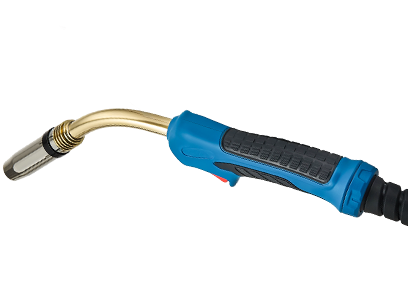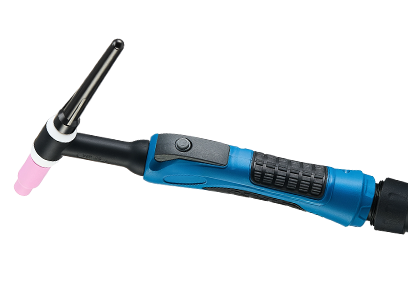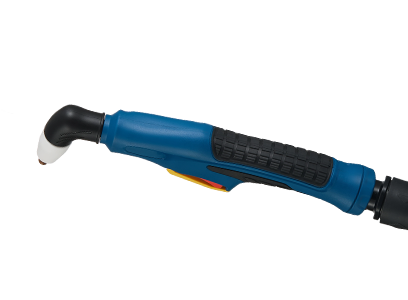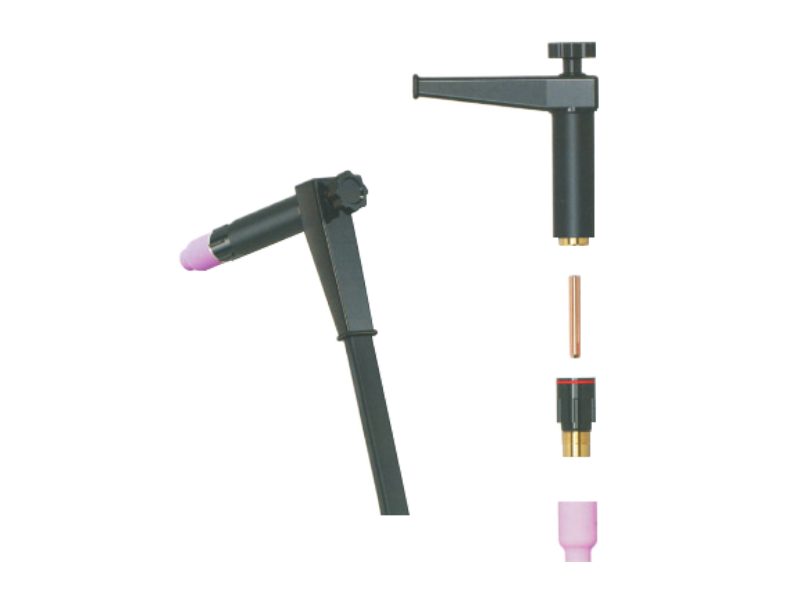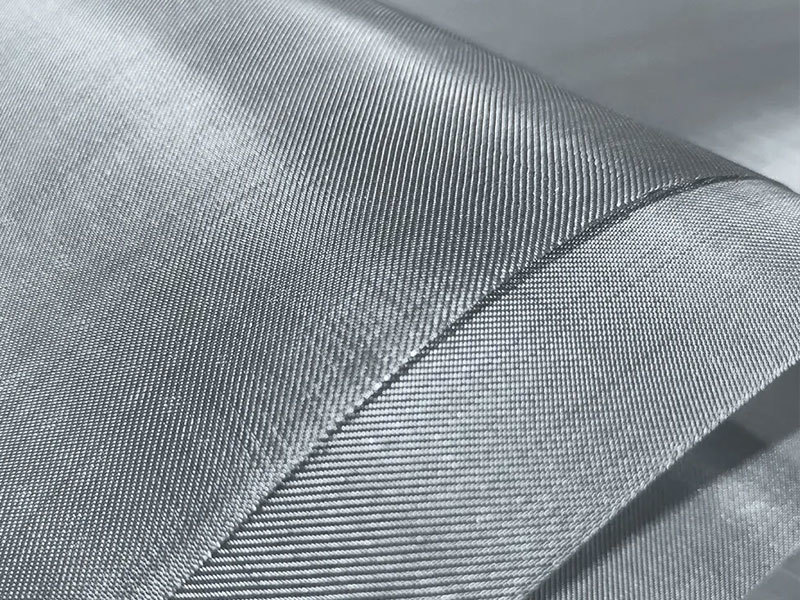A Beginner's Comprehensive Guide to MIG Welder Swan Necks: Everything You Need to Know
A Beginner's Comprehensive Guide to MIG Welder Swan Necks
Table of Contents
1. Introduction to MIG Welding and Swan Necks
2. What is a Swan Neck in MIG Welding?
3. Importance of Swan Necks in MIG Welding
4. Types of Swan Necks for MIG Welders
4.1 Standard Swan Necks
4.2 Extended Swan Necks
4.3 Flexible Swan Necks
5. How to
A Beginner's Comprehensive Guide to MIG Welder Swan Necks
Table of Contents
- 1. Introduction to MIG Welding and Swan Necks
- 2. What is a Swan Neck in MIG Welding?
- 3. Importance of Swan Necks in MIG Welding
- 4. Types of Swan Necks for MIG Welders
- 5. How to Choose the Right Swan Neck for Your MIG Welder
- 6. Maintenance Tips for Swan Necks
- 7. Common Issues with Swan Necks and Solutions
- 8. Expert Advice on Using Swan Necks
- 9. Conclusion
- 10. FAQs
1. Introduction to MIG Welding and Swan Necks
MIG welding, or Metal Inert Gas welding, has become a popular method in various industries due to its efficiency and versatility. One of the critical components that enhance the performance of MIG welders is the **swan neck**. Understanding the function and types of swan necks can significantly improve the quality of your welding work and make the process smoother.
This guide serves as a comprehensive resource for beginners looking to learn about MIG welder swan necks, their importance, types, maintenance, and expert usage tips.
2. What is a Swan Neck in MIG Welding?
A **swan neck** is a curved or angled component of a MIG welding torch that directs the welding wire and gas towards the workpiece. Its distinctive shape allows for better maneuverability and access to tight spaces during welding, making it an essential part of the welding setup.
The swan neck connects the torch handle to the contact tip, ensuring that the welding process is efficient and effective. It also serves to protect the welding wire from any potential damage during use, enhancing the overall performance of the welder.
3. Importance of Swan Necks in MIG Welding
The importance of swan necks in MIG welding cannot be overstated. Here are a few reasons why they are crucial for successful welding:
1. **Enhanced Accessibility**: The curved design of swan necks allows welders to reach tight corners and complex geometries that conventional straight torches cannot, providing flexibility during welding.
2. **Improved Gas Flow**: A well-designed swan neck helps maintain optimal gas flow, reducing the chances of contamination and ensuring a cleaner weld.
3. **Reduced Heat Transfer**: Swan necks can dissipate heat more effectively than straight necks, prolonging the lifespan of the torch and maintaining performance during extended welding sessions.
4. **Precision Control**: The swan neck’s design allows for better control over the welding process, leading to more precise welds and minimizing the risk of defects.
4. Types of Swan Necks for MIG Welders
In the world of MIG welding, swan necks come in various types, each designed for specific applications. Understanding these types will help you choose the right one for your projects.
4.1 Standard Swan Necks
Standard swan necks are commonly used in general MIG welding applications. They typically have a fixed curvature and are suitable for most welding tasks. These swan necks are ideal for welders who perform tasks in a wide range of environments.
4.2 Extended Swan Necks
Extended swan necks feature a longer reach, making them perfect for accessing hard-to-reach areas. These swan necks are particularly useful in automotive repairs or tight industrial applications, where space is limited.
4.3 Flexible Swan Necks
Flexible swan necks offer the greatest versatility, allowing welders to bend and adjust the angle of the neck according to their needs. This adaptability is beneficial for intricate work or unusual angles, making these swan necks a favorite among experienced welders.
5. How to Choose the Right Swan Neck for Your MIG Welder
Choosing the appropriate swan neck for your MIG welder is essential for achieving the desired results. Here are some factors to consider:
1. **Welding Task**: Assess the type of welding work you’ll be doing. For general tasks, a standard swan neck may suffice, while specialized tasks may require extended or flexible necks.
2. **Welding Material**: Different materials may require different swan neck types. For example, aluminum may need a different approach than steel.
3. **Welder Model Compatibility**: Ensure that the swan neck is compatible with your MIG welder model. Check the specifications before making a purchase.
4. **Comfort and Control**: Consider how the swan neck feels in your hand. A comfortable grip enhances control and reduces fatigue during extended welding sessions.
6. Maintenance Tips for Swan Necks
Proper maintenance of your swan neck can extend its lifespan and ensure optimal performance. Here are some essential maintenance tips:
1. **Regular Cleaning**: After each use, clean the swan neck with a soft brush or cloth to remove any spatter or residue. This prevents buildup that could affect performance.
2. **Inspect for Damage**: Regularly check the swan neck for any signs of wear or damage. Look for cracks or bends that could compromise its functionality.
3. **Replace Worn Parts**: If you notice that the contact tip or gas diffuser is worn out, replace them promptly to avoid affecting your welding quality.
4. **Store Properly**: When not in use, store the swan neck in a protective case to prevent damage and contamination.
7. Common Issues with Swan Necks and Solutions
Despite their durability, swan necks can encounter several issues. Here are some common problems and their solutions:
1. **Poor Gas Coverage**: This can occur if the swan neck is misaligned or damaged. Ensure that the neck is properly connected and check for any deformities.
2. **Wire Jamming**: If the welding wire frequently jams, inspect the swan neck for any blockages and ensure the wire feed is functioning correctly.
3. **Inconsistent Welding**: Inconsistent welds can result from a faulty swan neck. Check the contact tip and swan neck for any damages that may affect performance.
8. Expert Advice on Using Swan Necks
To maximize your welding efficiency, consider the following expert tips:
1. **Practice Maneuvering**: Spend time practicing with your swan neck to become comfortable with its movement and feel. This will enhance your control during actual welding tasks.
2. **Adjust Settings Accordingly**: Always adjust your welder settings based on the type of swan neck being used and the material you are welding. This ensures optimal performance.
3. **Use Quality Equipment**: Invest in high-quality swan necks and compatible parts to ensure durability and reliability in your welding projects.
9. Conclusion
Understanding MIG welder swan necks is crucial for anyone looking to embark on a welding journey. Their design, functionality, and significance in achieving quality welds cannot be overlooked. By selecting the right type of swan neck, maintaining it properly, and following expert advice, you can enhance your MIG welding experience and achieve professional results.
As you continue to learn and practice, remember that the right tools, including a good swan neck, make all the difference in the quality of your work. Embrace the nuances of your welding equipment, and you will surely excel in your welding projects.
10. FAQs
What is the primary function of a swan neck in MIG welding?
The primary function of a swan neck is to direct the welding wire and shielding gas towards the workpiece, allowing for better maneuverability and access in tight spaces.
How do I know if I need an extended or flexible swan neck?
If your welding projects frequently involve tight corners or complex angles, an extended or flexible swan neck would provide the necessary adaptability for better access.
Can I use any swan neck with my MIG welder?
No, it is essential to choose a swan neck that is compatible with your specific MIG welder model. Always consult the manufacturer’s specifications.
How often should I clean my swan neck?
You should clean your swan neck after each use to prevent buildup and maintain optimal performance. Regular inspections for wear are also recommended.
What should I do if my swan neck is damaged?
If your swan neck is damaged, replace it immediately to ensure quality welding and maintain safety during use.
TAG:
Related Posts
Troubleshooting Common Issues with Water Cooled TIG Torches: A Comprehensive Guide
Troubleshooting Common Issues with Water Cooled TIG Torches: A Comprehensive Guide
Table of Contents
Introduction to Water Cooled TIG Torches
Understanding TIG Welding and Its Components
Common Issues with Water Cooled TIG Torches
Overheating Problems
Water Leaks in TIG Torches
Gas Flow Problems
Electrode Wear and Contamination


